The story of Artists who both illustrate and paint has a long history. Many illustrators painted and many painters illustrated. One of the 20th Century’s most famous painters, Claude Monet, was a cartoonist and illustrator before The Water Lillies and our own Jack Bush illustrated for decades before he turned to abstraction. Edward Hopper, The great American realist, was an illustrator much of his working life. There are obvious differences between the two disciplines. As an illustrator, you create images that enhance stories by writers for publishers or ads for the business world that promote companies usually, in both cases, working with art directors.
As a painter, you tell your own story. You make pictures of what you love and what matters in your life and imagination and you do this alone, without direction from anyone else. For some artists this can be problematic. As an illustrator you are secure in a system that asks you to work for them and pays you well to do so. As a painter, you are vulnerable on your own, showing your work, hoping someone will be attracted and moved enough to want your picture.
When I was a teenager, I discovered the work of the master painters, especially the ones who drew well: Rubens, Watteau, Ingres, Degas, Sargent and many others. They became my hallmark, my school and inspiration. When I was 25, in 1953, I went to Europe for over a year’s study of their work in the museums and earned my living there as an illustrator. When I returned and continued my freelance life as an illustrator, I dreamt of someday being a painter, painting my own pictures and subjects. When I left illustrating to paint in 1974, I was in my 40s and realized, if I didn’t begin to paint then, it would be too late.
I had more illustration assignments than ever from both the Canadian and American markets and was winning awards in the U.S. I had no idea the future would bring a decline in illustration with the exodus of many magazines and their fiction and the rise of photography and computer technology. With the best wishes of my clients and agent in New York, I changed my course and changed my drawing board for an easel. Within two years I had my first one-man show at the Nancy Poole Gallery in Toronto.
Gallery Show Invitation: “Coffee Break”
It nearly sold out and caught the attention of the critics.
Gallery Show review, Toronto Star, 1976
My years of illustrating added much to my success as a painter. I had learned to compose a picture. I had learned to draw well. I had an understanding of value and colour. I had disciplined myself to work hard. The main change was subject matter… but even there, it carried over to some extent.
I had always enjoyed doing faces and portraits and art directors would often comment on that ability. I was advised more than once to consider portrait painting as a career. I enjoyed painting the public, but I soon discovered painting your family and friends was more enjoyable.
Portrait of George
Portrait of Dawn (Commissioned)
Hair (Portrait of artist’s son)
Portrait of the artist
Portrait of Setsuko (the artist’s wife)
A lot of my paintings include cityscapes. The old Junction where I grew up is still etched in my soul. My parents were storekeepers and my walks to school and back passing the shops and movie theatres and what I later called “street furniture” became my early themes and awakened in me a love of architecture I hadn’t known. In 1992, The City of Toronto gave me a retrospective titled “Painting the City” and quoted me:
"Born and raised in Toronto, I have always been a lover of cities and find the human comedy is played out in infinite variety on a city stage. The way we work, play and build our shelters and giant towers to commerce presents an inexhaustible opportunity for the artistic imagination. I’m drawn to a personal view of the city… the soul of it, rather than historical documentation."
Cat’s Paw
Hollywood Jobbers
Winchester Hotel
The Canary Restaurant
When I was in public school, I discovered the big bands and Jazz. When I was a teenager doing the comics I created Drummy Young, a crime busting band leader. As an illustrator, I did LP and CD covers for Jazz musicians.
Art Hodes CD
Frank Rosolino LP cover
In 1974, for my first show, I painted “Take the A train,” my homage to Duke Ellington, the famous composer and band leader who died that year. It was accepted by the Ontario Society of Artists Exhibition in 1975 and later a print was made and sold to fans and musicians all over the world. Ellington’s sophisticated music has influenced my work and like most musicians, painters are improvisers and composers too.
Take the A Train
Washington Square Rag
Live music is especially rejuvenating and I’ve spent many hours sketching in Toronto jazz clubs like The Montreal Bistro and Café du Copins ... long gone now.
John Lewis sketch at Café des Copains
Concluded tomorrow.









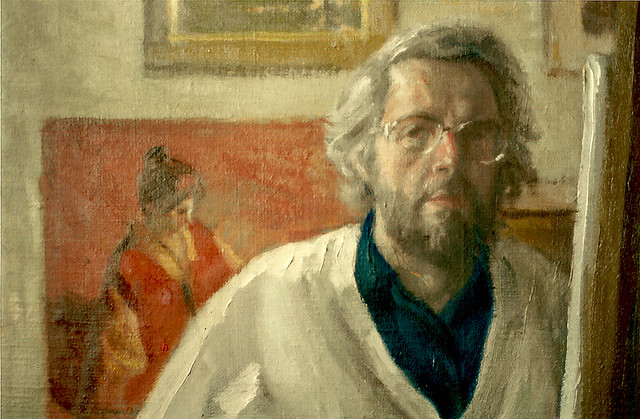
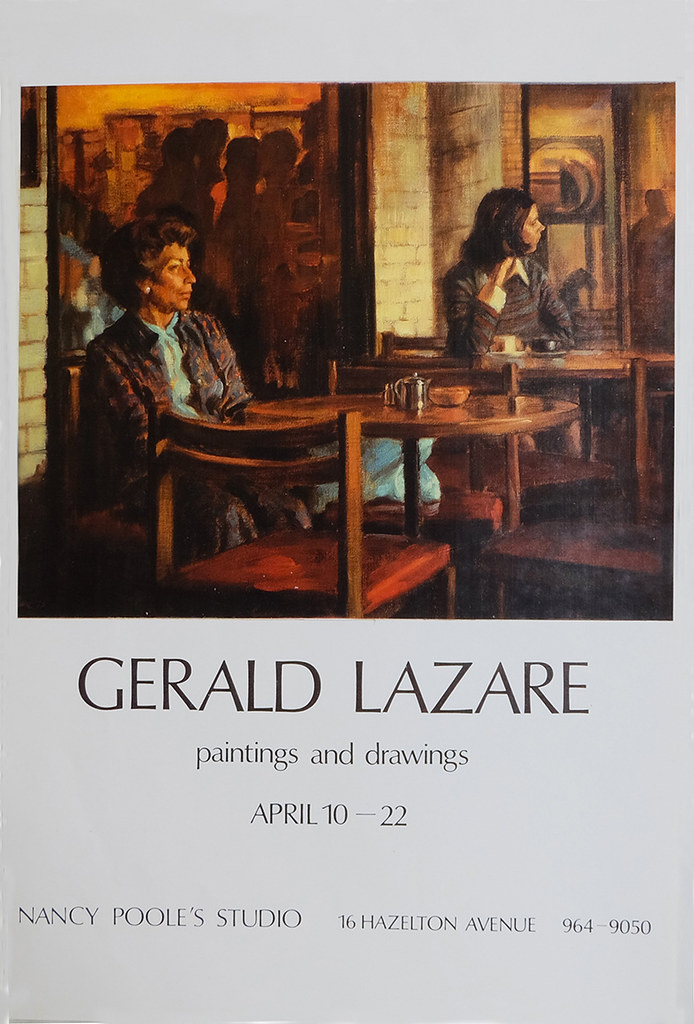
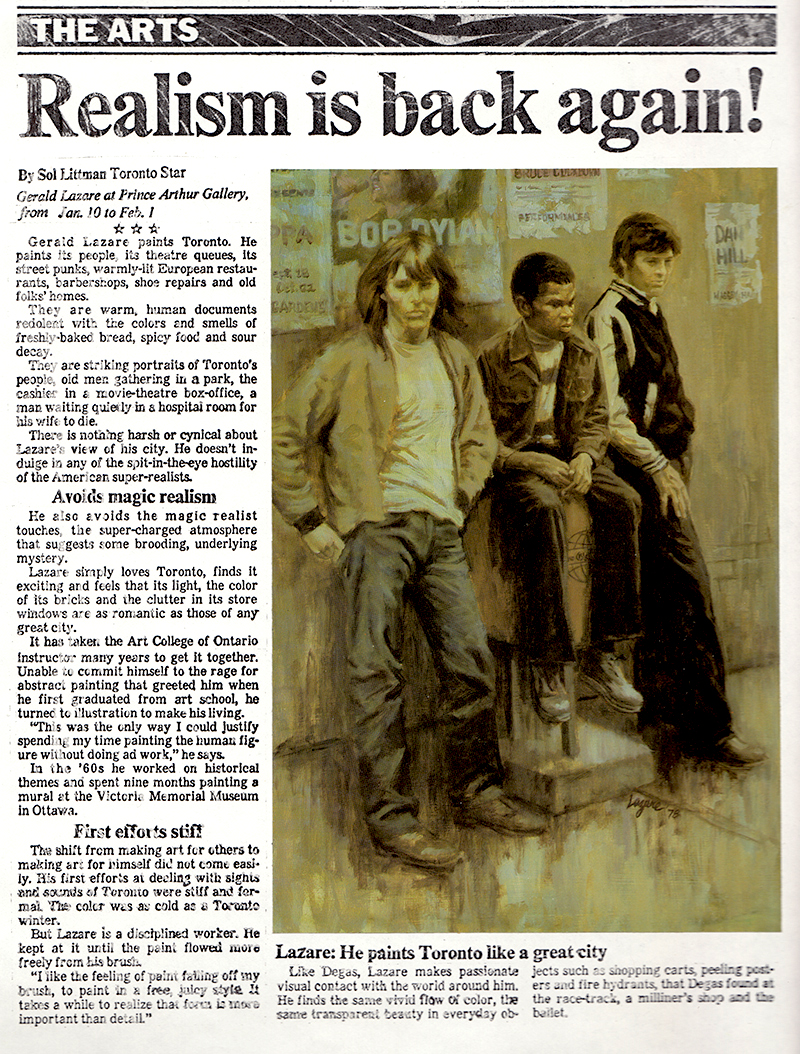

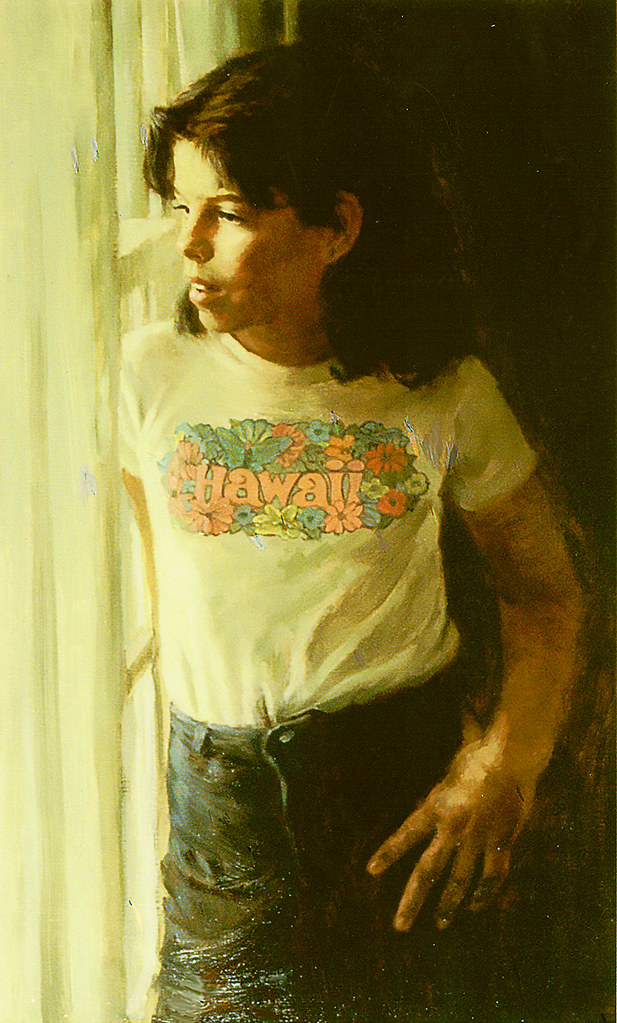

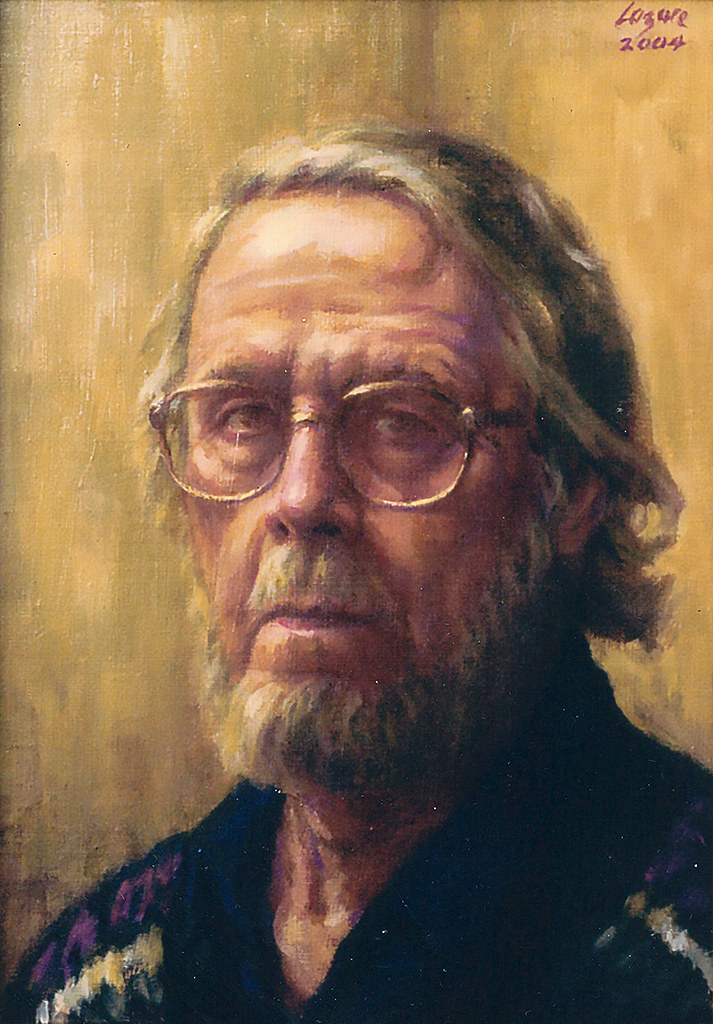
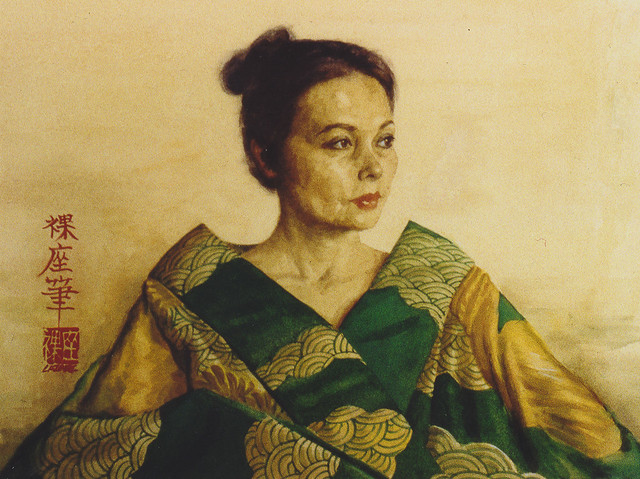

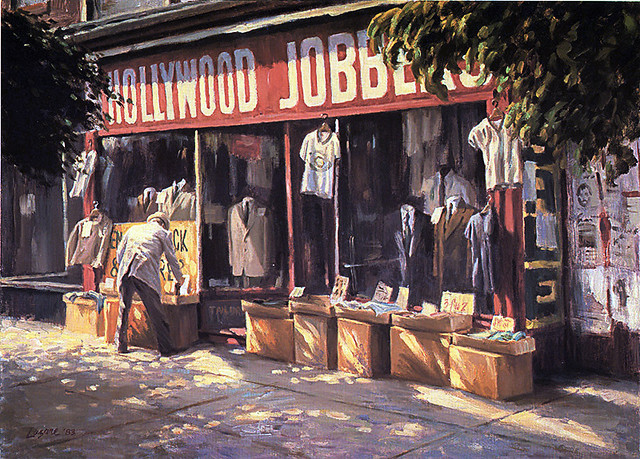
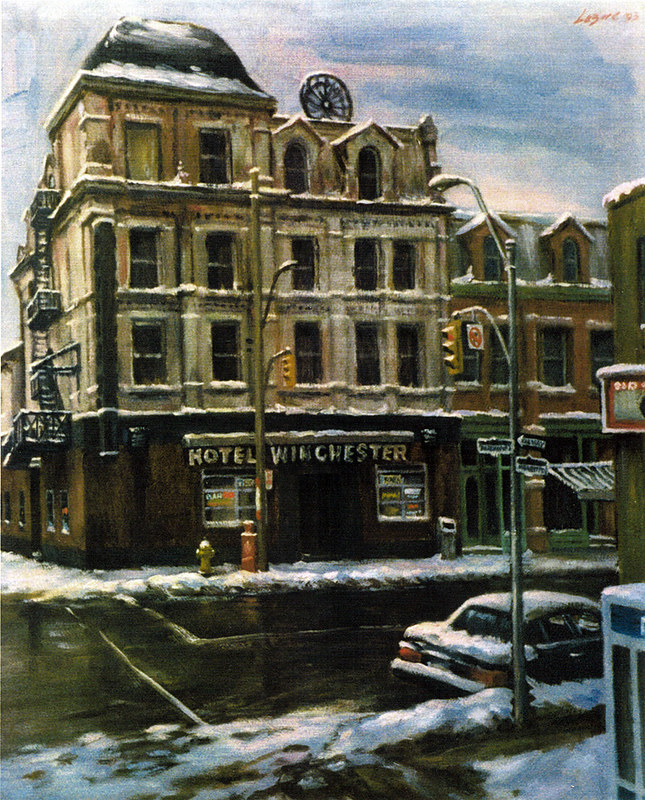
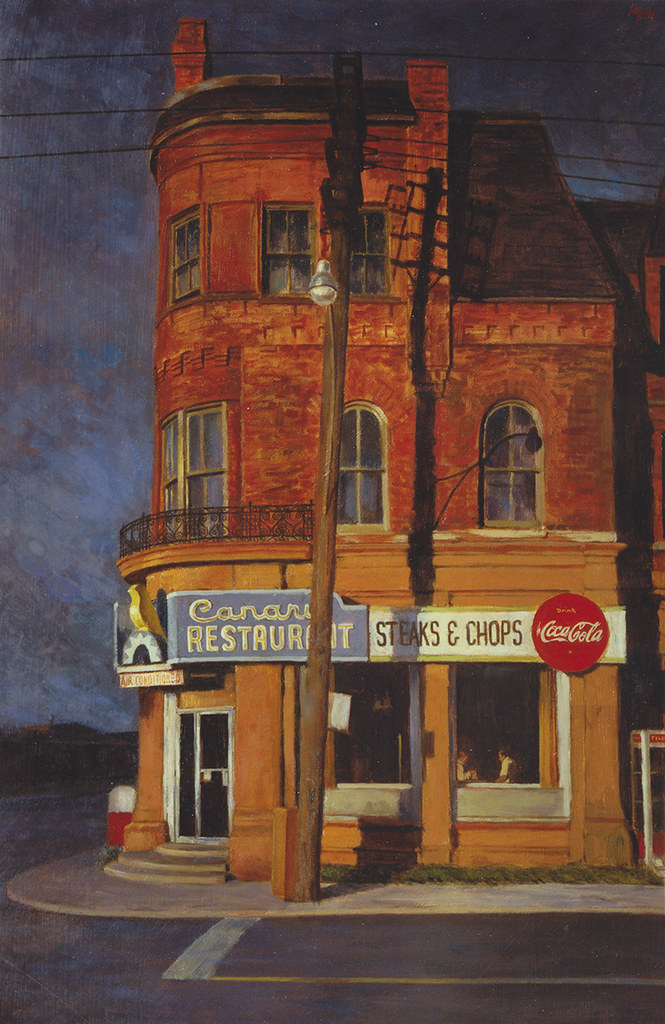
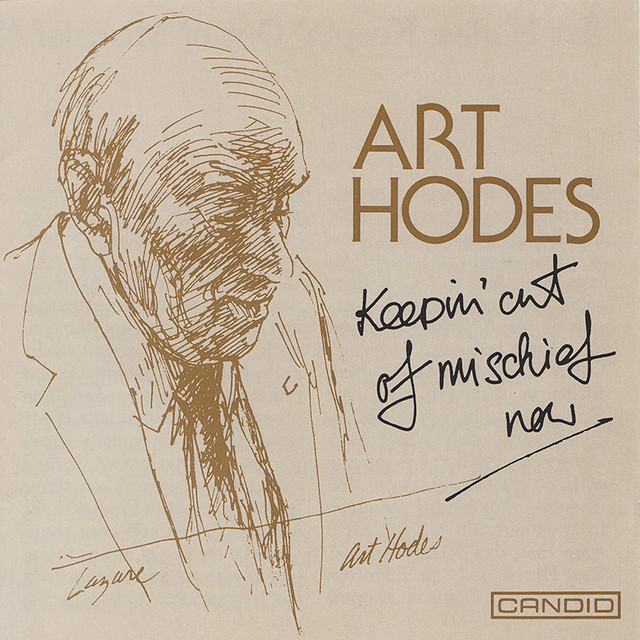
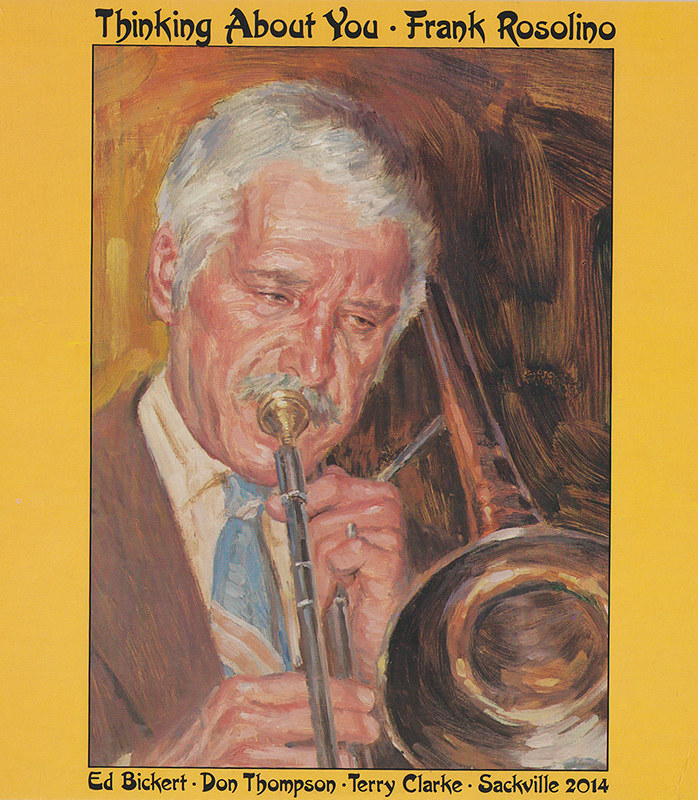

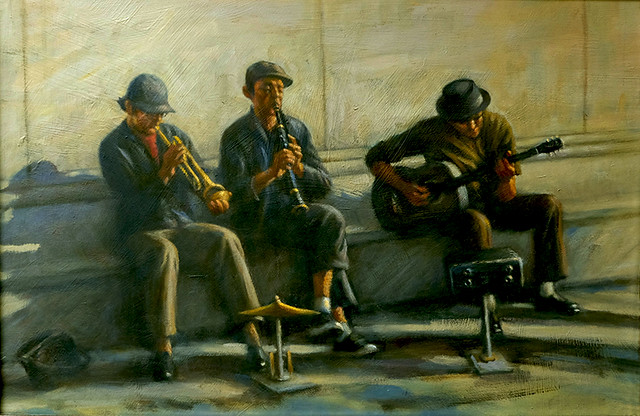

Post a Comment